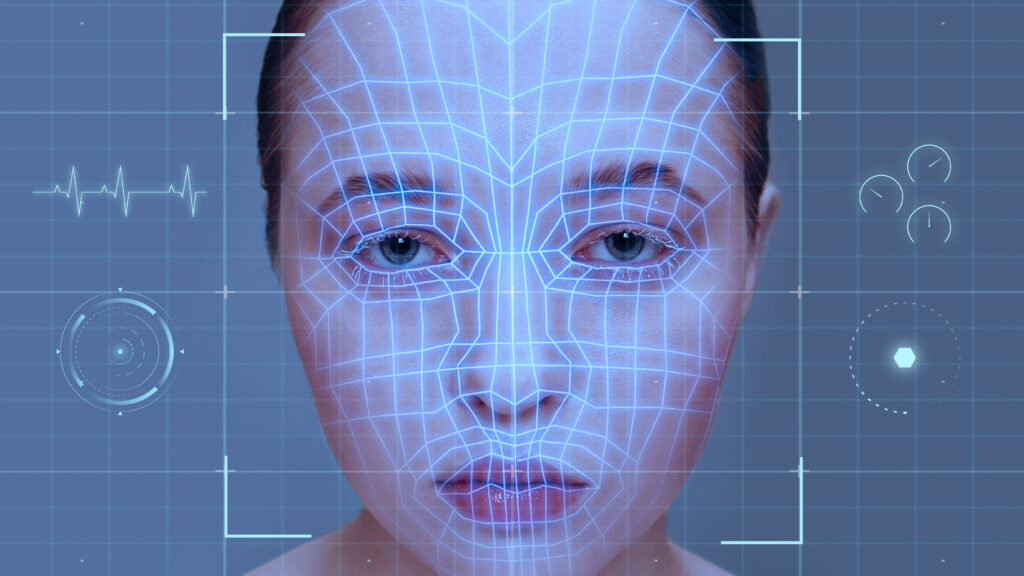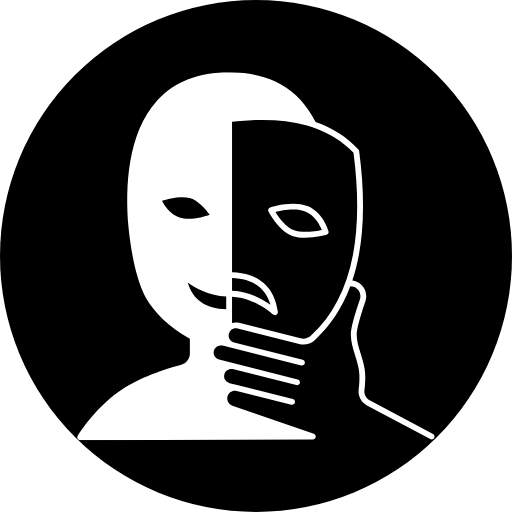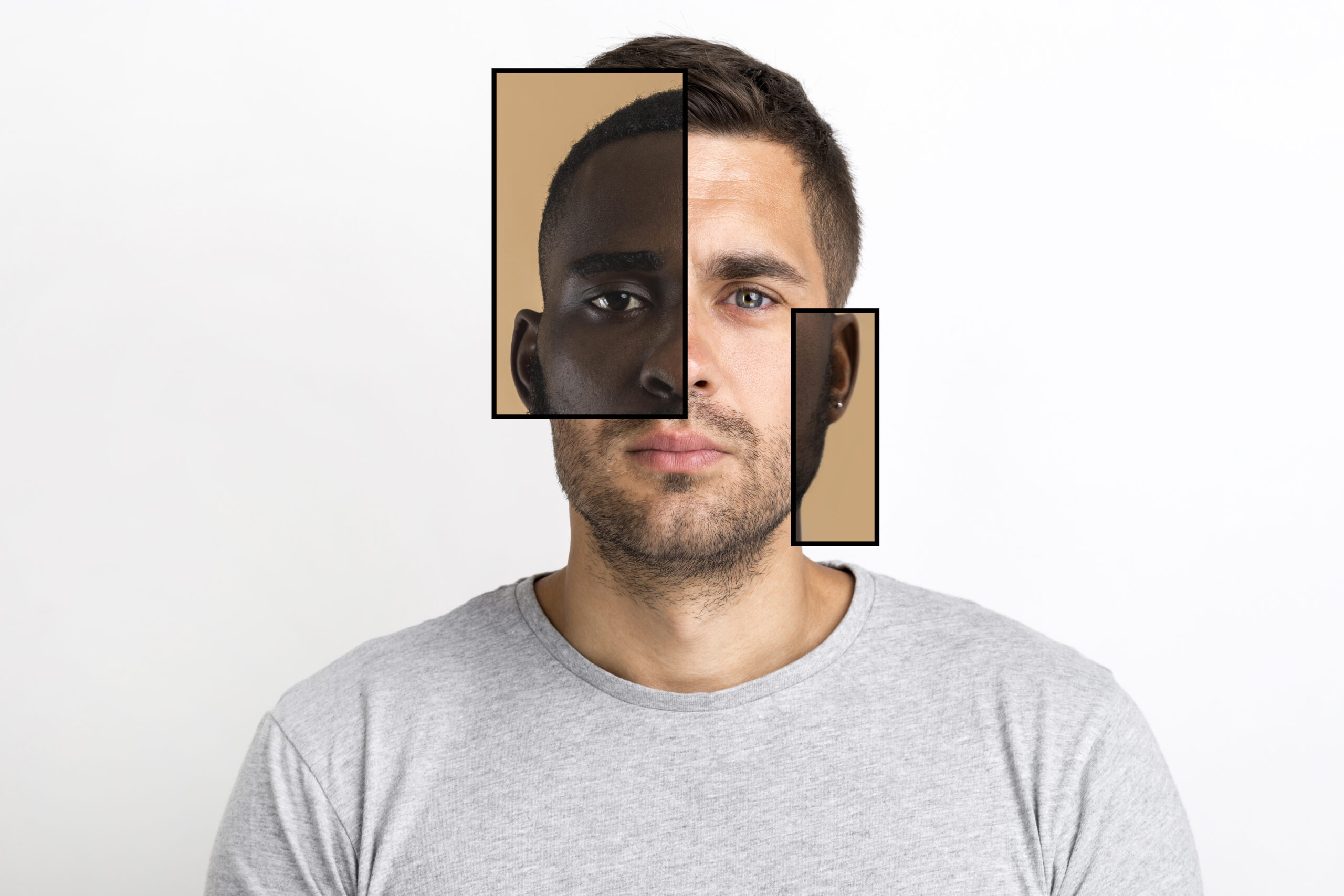These days, fake profile pictures are everywhere. With AI advancement, the line between a real photo and an AI-generated one is most invisible. With more intelligence, algorithms are capable of making pictures that resemble real-life scenes. As a result of this advancement, people should be able to carefully review images and videos before believing them to be true.
Understanding the AI Image Revolution
Generative AI has caused big changes in the creation and viewing of visual media. At one point, people needed to be photographers to make interesting images. Now, everyone with AI can help to create believable photos with just a few words of text. Because anyone can easily create images, it can be harder to tell what is really happening in the world or whether the media is honest.
Spotting the Telltale Signs of Digital Fabrication
When examining suspicious images, several subtle indicators often reveal their artificial origins. One of the most reliable methods involves closely inspecting facial features. AI frequently struggles with rendering human eyes realistically – they may appear unnaturally symmetrical, contain strange reflections, or lack proper depth. The teeth in AI-generated portraits often look too uniform, like perfectly aligned porcelain tiles rather than natural human dentition.
Hands remain one of AI’s greatest challenges. Even in otherwise convincing images, you might notice fingers that are slightly too long, joints that bend unnaturally, or the wrong number of digits. These anatomical inconsistencies occur because AI models learn from vast datasets but don’t truly understand human physiology.
Also read: Real or Fake? 7 Signs an Image Might Be AI-Generated
The Devil in the Digital Details: Spotting Fake Profile Pictures
Lighting inconsistencies provide another crucial clue. In authentic photographs, light sources create coherent shadows and highlights across the entire scene. AI-generated images often contain illumination that defies physics – subjects might be lit from multiple conflicting directions, or objects may cast shadows that don’t match their environment.
Texture analysis can also reveal digital fakery. While AI excels at creating convincing large-scale features, it often falters with fine details. Zoom in on areas like hair, fabric, or skin, and you might find unnatural patterns, blurred sections where the AI struggled, or textures that repeat in impossible ways.

Fake Profile Pictures: Digital Verification Tactics That Work
Beyond visual inspection, several technical methods can help verify an image’s authenticity. Metadata examination can be revealing – genuine photographs typically contain extensive EXIF data documenting camera settings and capture conditions, while AI-generated images often lack this information or contain anomalies.
Reverse image searches through services like Google Lens can trace an image’s origins. If results show the picture appearing exclusively on AI art platforms or suddenly emerging without provenance, it likely originated from a generator rather than a camera.
Specialized detection tools are emerging to combat AI fakery. Platforms such as Hive and Illuminarty use machine learning algorithms trained to recognize the distinctive fingerprints left by different AI models. While not infallible, these tools provide an additional layer of verification.
The Future of Image Authenticity
As AI generation technology continues advancing, the arms race between creation and detection tools will intensify. Some experts advocate for digital watermarking systems that would clearly label AI-generated content, while others propose blockchain-based verification methods to certify authentic photographs.
No doubt, knowing how to read images will play a bigger role in the future. As we know, making pictures is now as easy as writing, we all need to be careful about the facts behind what we see. When we know the strengths and weaknesses of AI-generated images, we’re better equipped to deal with situations in which we can’t automatically believe what we see in digital spaces.
Take a break when you find an attractive photo on the internet and try to observe it. Pay attention to more than the first impression when trying to recognize whether something is genuine. You’ll protect yourself from fake news and understand how digital technology, art, and honesty affect our online world.
Conclusion: Protect Yourself From Fake Profile Pictures
Ultimately, this is not just about spotting fakes. It’s about protecting real human connections. Every time we pause to verify before we trust, we make the internet a little more honest. So keep you eyes open and stay curious.
Have you ever been fooled by a fake profile picture? Share your story below. Your experience might help someone else stay safe.

